Massive Brown Seweed Belt Spreading Through Atlantic Ocean Is Visible from Space

The Great Atlantic Sargassum Belt is a shockingly large mass of brown algae almost double the width of the American continent, and clearly visible from space. The first major bloom of the Great Atlantic Sargassum Belt was observed by scientists in 2011. In the almost 15 years since, it has ballooned into a giant mass […]
Australian Island Birds Are So Full of Plastic They Crackle and Crunch
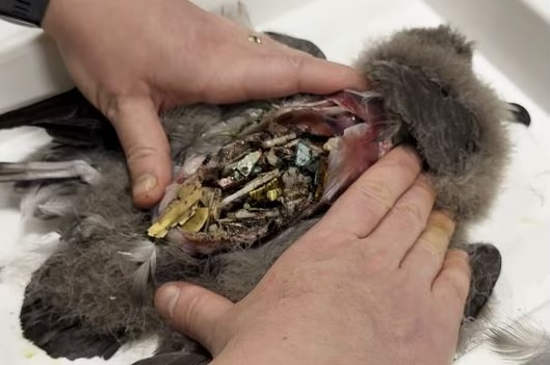
Australian scientists have discovered that mutton birds on Lord Howe Island have so much plastic in their stomachs that they clackle and crunch under slight pressure. Lord Howe, a tiny volcanic island on Australia’s east coast, is home to around 500 humans and over 44,000 shearwaters, aka mutton birds, a species of long-winged seabirds. It’s […]
Scientists Discover Tree That Thrives When Struck by Lightning

Lightning kills most of the trees it strikes, but scientists have discovered a tree species that not only survives lightning strikes but thrives as a direct result of them. For the longest time, there was a consensus in the scientific community that lightning could only have negative effects on trees. In the best case scenario, […]
Man Plants 40,000 Trees Over Two Decades to Create Sao Paolo Park

Helio da Silva, a retired business executive from Brazil, single-handedly planted over 41,000 trees in his hometown of Sao Paolo over the last two decades. Flying over the Brazilian metropolis of Sao Paolo, it’s tough to miss the 3.2-kilometers-long and 100-meter-wide green strip of trees wedged between two of the city’s busiest roads. It is […]
The Picasso Moth Is Truly a Living Work of Art
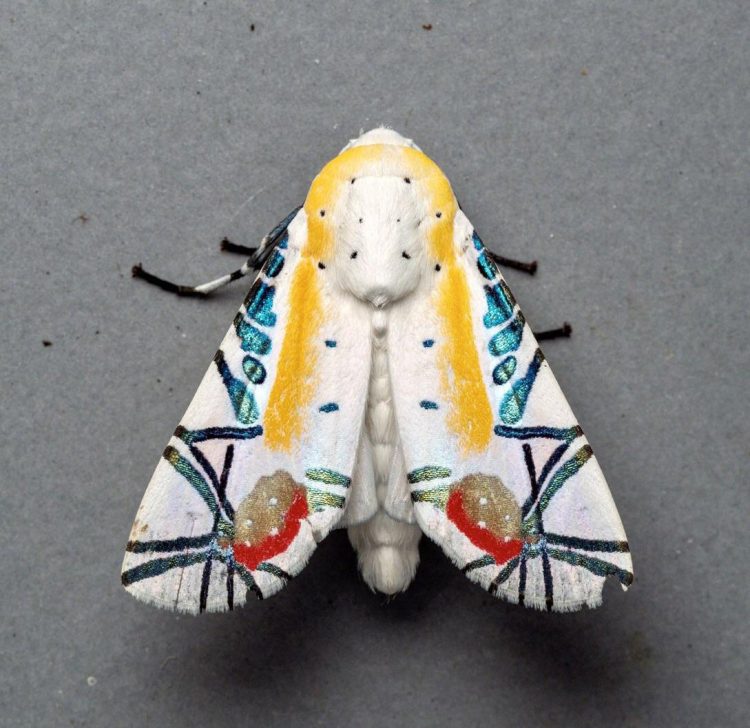
Baorisa hieroglyphica, also known as the Picasso moth, is a species of moth named after the famous Spanish painter Pablo Picasso because of its unusually artistic wing patterns. First described by British entomologist Frederic Moore in 1882, the Picasso moth is native to Southeast Asia and Northern India. Like most moths, Baorisa hieroglyphica is a nocturnal insect that […]
Scientists Observe Mosquitoes Feeding Exclusively on Frogs’ Nostrils
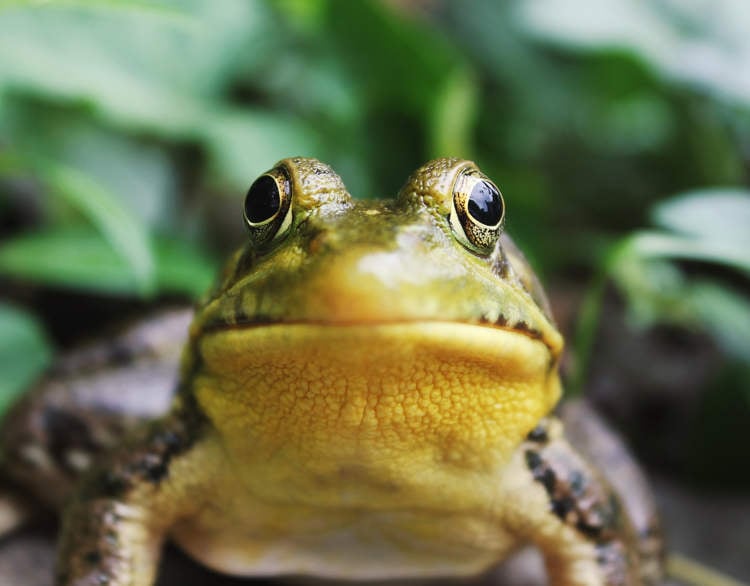
A team of scientists studying freshwater ponds on an Australian island observed a rather peculiar mosquito behavior – when feeding on frogs, mosquitoes would always go for the nostrils. John Gould and Jose Valdez – the first with the University of Newcastle, in Australia, the other the German Center for Integrative Biodiversity Research – spent […]
Blue-Tongued Lizard Defends Itself by Sticking Its Tongue Out to Predators
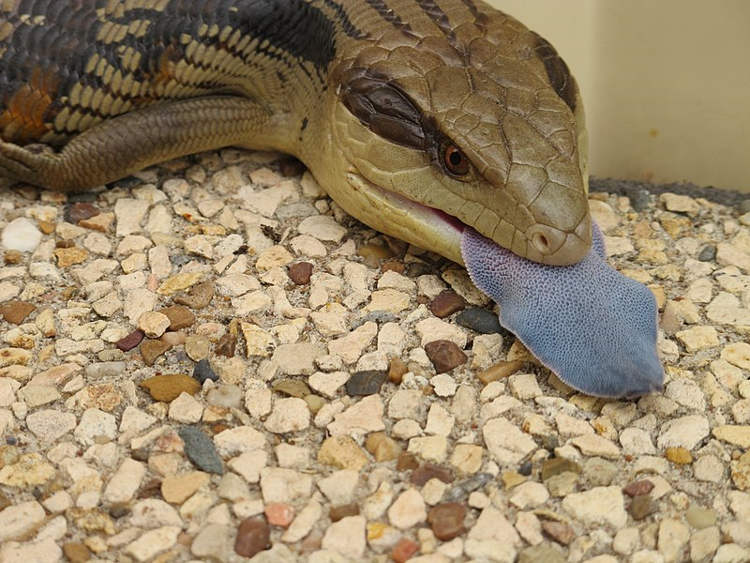
The blue-tongued skink, a lizard native to the Australian continent, has a rather bizarre defense mechanism – it sticks its bright-blue tongue out to predators and they actually run away, sometimes. A subspecies of Tiliqua scincoides, the blue-tongued skink is one of only five animals known to have blue tongues, the other being the chow […]
Bloodwood – The Tree That Bleeds When Cut

Pterocarpus angolensis, commonly known as wild teak or bloodwood, is a species of tree native to Southern Africa known primarily for the dark red sap it secretes which looks like blood when the tree is cut. Well-known in tropical Africa, where it is used to make high-quality furniture and musical instruments, wild teak is resistant […]
The Giant Floating Island of Lake Chippewa Has to Be Pushed by Boats Almost Every Year

Wisconsin’s Lake Chippewa is home to a giant floating island that sometimes moves around blocking a critically important bridge and needs to be moved by local boat owners working in unison. Lake Chippewa, aka the Chippewa Flowage, was created in 1923, by flooding a large swamp. Soon after that, many of the peat bogs started […]
This Tiny Adorable Bird Is the World’s Smallest Bird of Prey
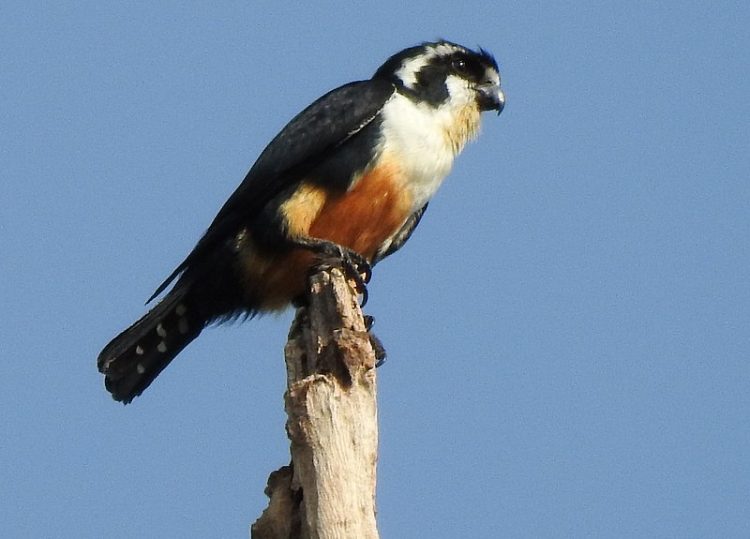
The black thighed falconet is no larger than a sparrow, but don’t let its size fool you, as this tiny bird is a ruthless predator capable of killing prey its own size. Falconets are the smallest birds of prey in the world, with the black thighed falconet (Microhierax fringillarius) and the Bornean falconet (Microphierax latifrons) […]
How the World’s Deadliest Mushroom Used a Clone Army to Conquer California
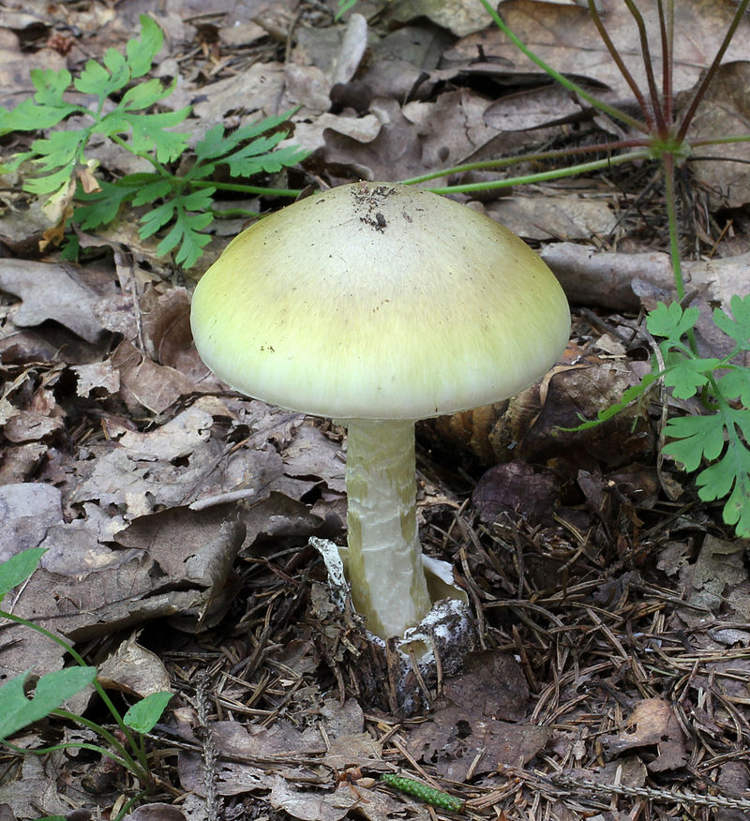
Amanita phalloides, commonly known as the ‘death cap’ mushroom, has always fascinated scientists both because of its deadly amatoxins and the way it manages to conquer new lands in record time. The death cap originated in Europe where it grows by burrowing into the roots of European Oak trees and forming a symbiotic relationship with […]
The World’s Smallest Rabbit Breed Fits in the Palm of Your Hand
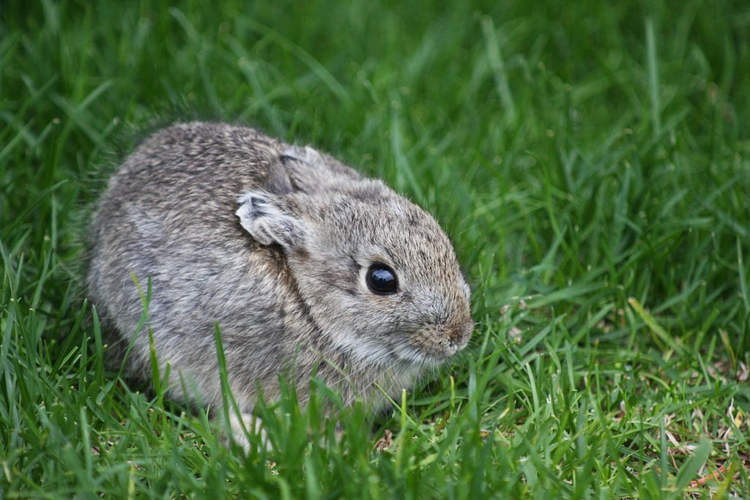
The Columbia Basin Pigmy Rabbit is the smallest and perhaps the rarest rabbit breed in the world. It is native to just one part of the Washington State Area, and weighs under 500 grams. There are plenty of tiny domestic rabbit breeds to choose from if you’re looking for an adorable pet rabbit, but the […]
Queen of the Night – The Rare Flower That Only Blooms One Night a Year
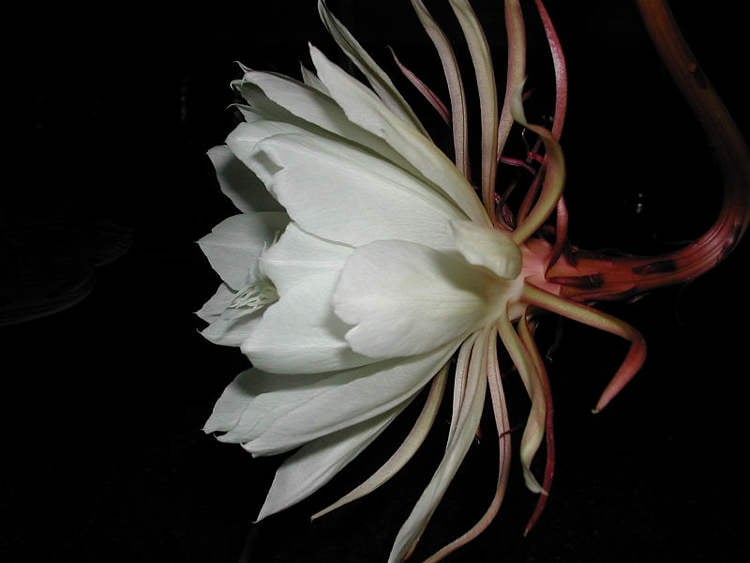
Epiphyllum Oxypetalum is a popular species of cactus famous for producing large, fragrant, white flowers only one night per year. ‘Queen of the Night’ is only a nickname, but one that fits Epiphyllum Oxypetalum perfectly. Unlike the several species commonly referred to as Night-Blooming Cereus which also bloom at night time, producing large, fragrant flowers […]
The Highest Tides in Europe Are Quite a Sight to Behold

Saint Malo, a historic French port on the English Channel coast, is famous for having the highest tides in Europe, with breakwater defenses barely keeping giant waves from slamming into residential buildings. Seeing Saint Malo at low tide and then again at high tide is like looking at two completely different towns. The buildings and […]
This Fascinating Bird Looks Like a Feathered Dragon
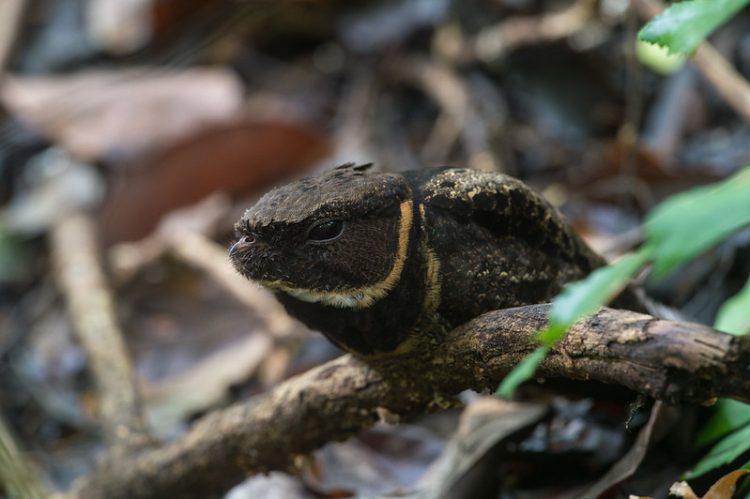
What do you get if you mix a bird, a squirrel and a lizard? Well, I think you’ll have a tough time finding a better answer than the Great Eared Nightjar. Seeing a great eared nightjar for the first time, you’d be forgiven for mistaking it for a squirrel or even a lizard. The fact […]
